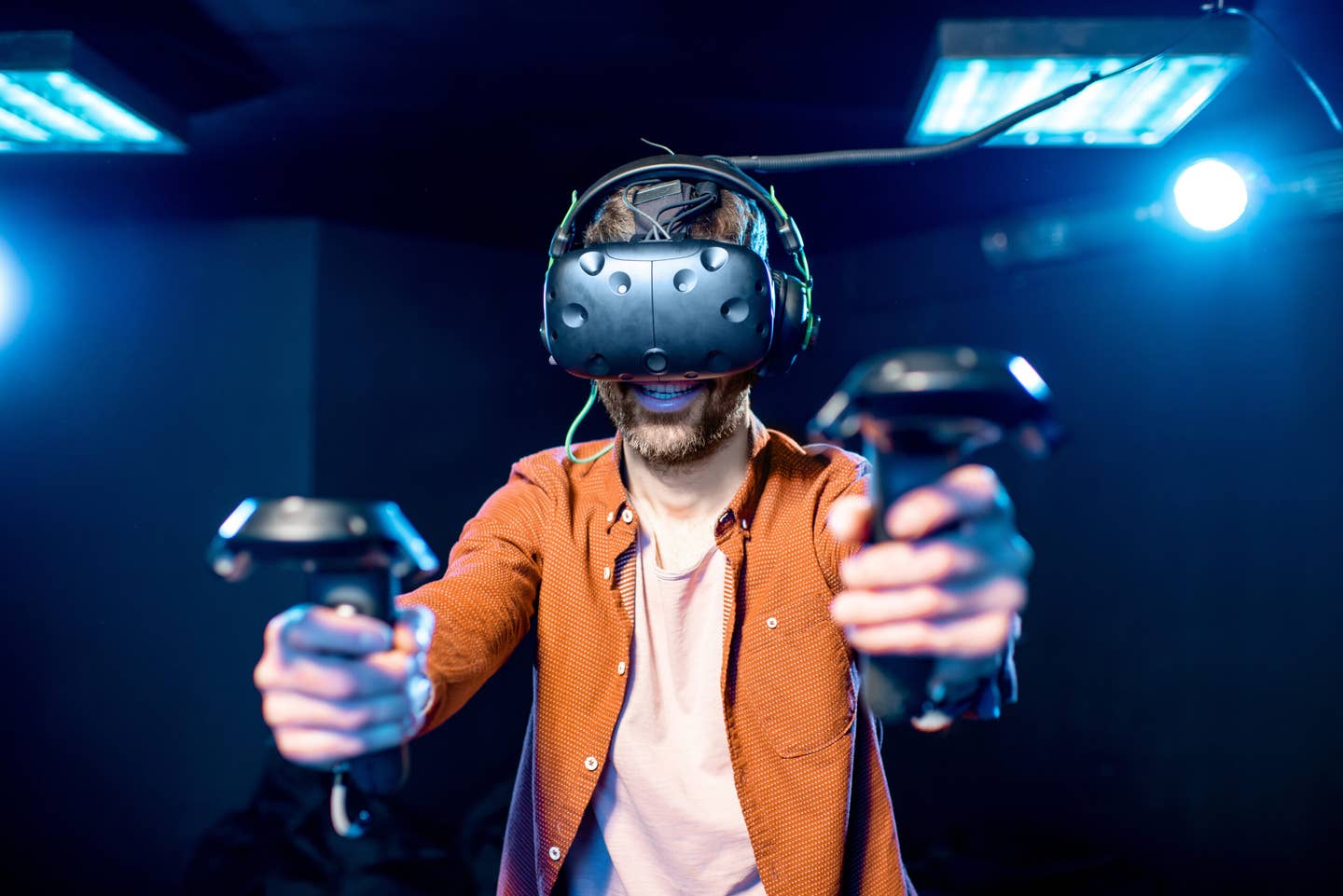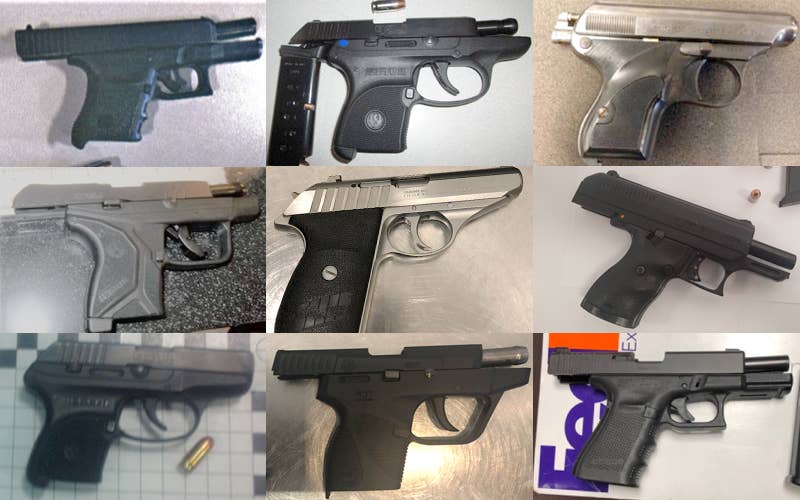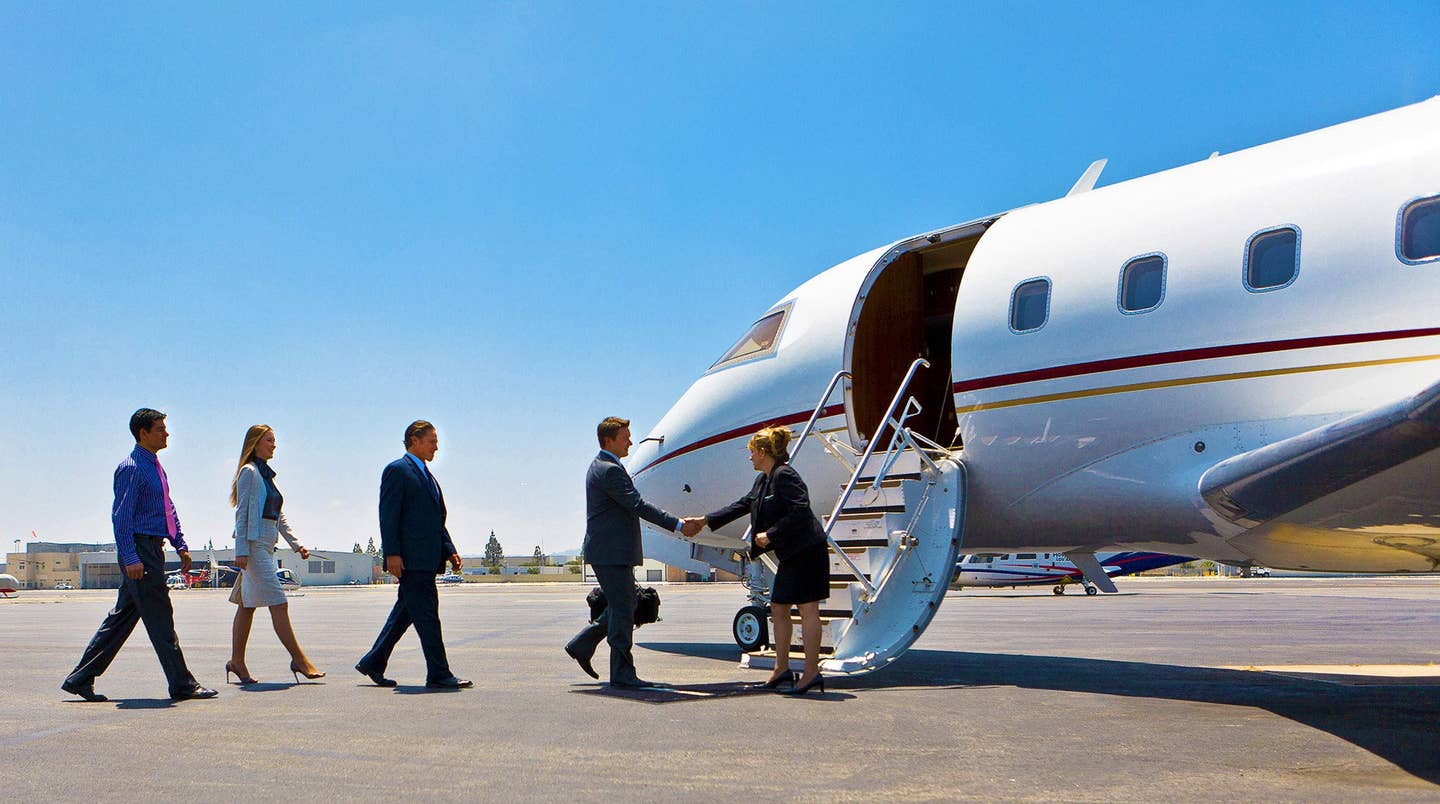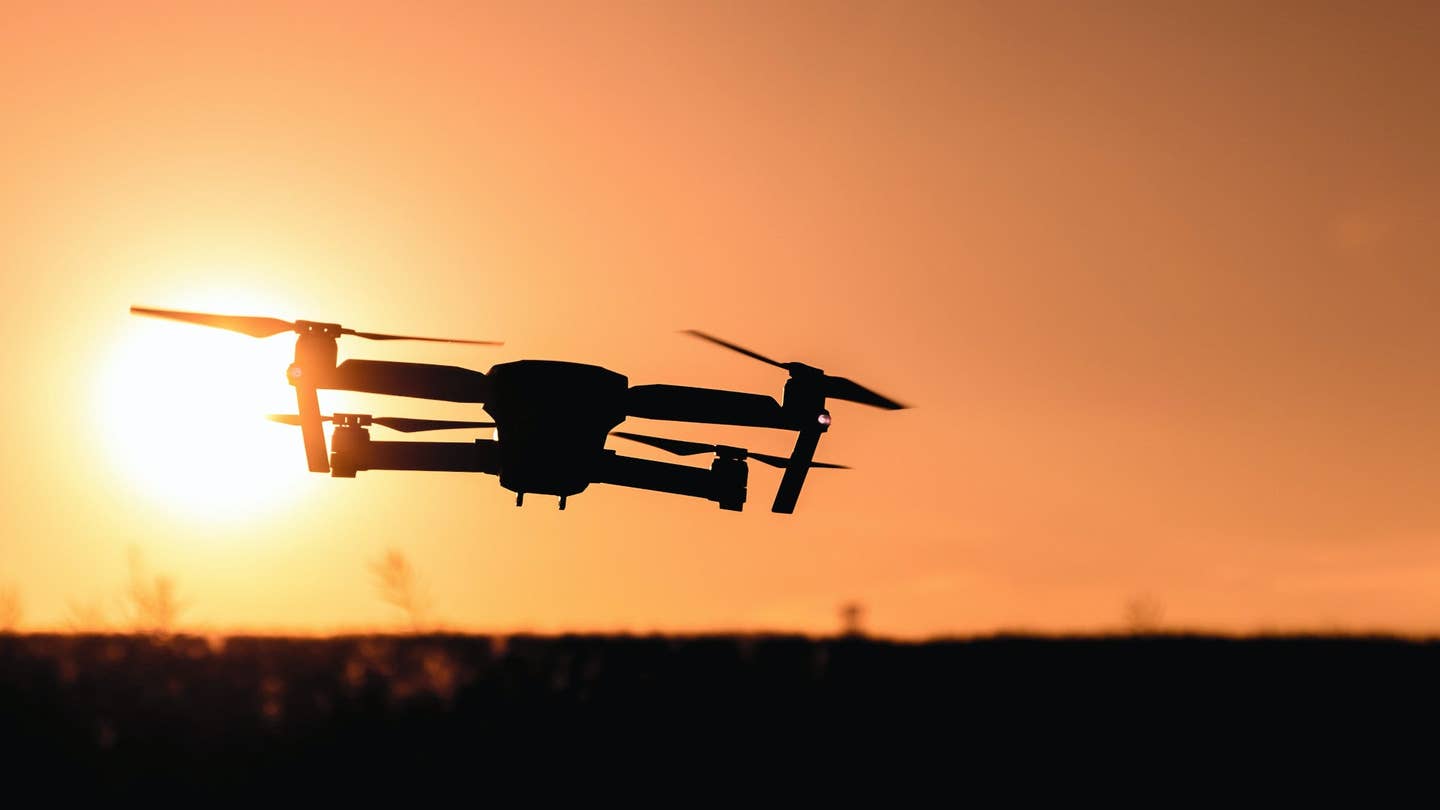Best VR Flight Simulator Headsets
VR has exploded over the last few years, making headsets the best option for a realistic Flight Simulator experience.

VR headset transports you right into the seat of any aircraft. [Credit: Adobe Stock]
Editor’s note: The following article is not intended to be a ranking, but is only to serve as a list of possible options. As the saying goes, your mileage may vary.
You only have so much space at your desk for your flight simulator setup. Between the PC, keyboard, and mouse, there’s hardly room for a larger screen. Luckily, strapping on a VR headset transports you right into the seat of any aircraft you can imagine.
But where should you start? There are dozens of options for headsets and the terminology can be quite dense. Fortunately for you, FLYING has broken down everything you need to know to pick the right headset for your virtual flight.
X-Plane has been aviation’s most realistic flight simulator for the past decade, with incredibly life-like scenery, detailed cockpits, and realistic aerodynamic modeling. The latest version is a major upgrade, with an update to aerodynamic physics in the digital world as well as a complete overhaul to the weather engine.
Download NowQuicklook: Best VR Headset for Flight Simulator
- Valve Index: Best For VR Enthusiasts
- Meta Quest 2: Best For Budget Players
- HTC Vive Pro 2: Best For VR Vets
- HP Reverb G2: Best For Value
- Pimax 5K Super: Best For High-End Builds
5 Best VR Flight Simulator Headsets
Instead of going through the dozens of popular headsets, we’ve picked out five of the best on the market right now.
Valve Index
While the hefty price tag may be daunting, the Valve Index is a top-tier headset with ample specs for the perfect gaming experience. If you’re already in possession of a high-end PC, this headset will take advantage of that power to deliver spectacular visual fidelity and excellent tracking.
Release Date: April 2019
Resolution: 1440 x 1600 per eye
Display Type: LCD
Refresh Rate: 144Hz
FoV (Field of View): 108 degrees
Weight: 809g
Portability: Not portable
Special Features:
- Innovative controllers
- IPD and lens distance adjustment
- Premium build materials
- Off-ear stereo speakers
Benefits:
- Quick setup
- High resolution
- High frame rate
- Highly accurate tracking
Disadvantages:
- High price
- High-performance PC recommended
- Base stations required
Meta Quest 2
Formerly known as the Oculus Quest 2, this entry-level headset is the most popular system on the market. Without the need for a PC, the Meta Quest 2 is easily the most accessible VR headset for anyone getting into the game. Don’t let the price fool you—it still packs quite a bit of cutting-edge technology under the hood.
Release Date: October 2020
Resolution: 1832 x 1920 per eye
Display Type: Single Fast switch LCD
Refresh Rate: 120Hz
FoV (Field of View): 97 degrees
Weight: 503g
Portability: Extremely Portable
Special Features:
- All-in-one headset
- PC compatible
- Built-In directional speakers
Benefits:
- Low price
- Easy setup
- No PC required
- Decent visual quality
Disadvantages:
- Short battery life
- Small field of view
- Facebook login required
- Limited standalone game library
HTC Vive Pro 2
The HTC Vive Pro 2 is surely a worthy successor of the original Vive headset. With its top-of-the-class resolution, the view from your virtual cockpit is sure to be crystal clear. The complete set is quite expensive at more than $1,000, but if you already have a high-end PC and bay stations from an older headset, the Vive Pro 2 is your best choice for an upgrade.
Release Date: June 2021
Resolution: 2448 x 2448 per eye
Display Type: LCD
Refresh Rate: 120Hz
FoV (Field of View): 116 degrees
Weight: 850g
Portability: Not portable
Special Features:
- Wireless adapter for PC (sold separately)
- Excellent controller tracking
Benefits:
- Wide field of view
- Very high resolution
- Adjustable stereo speakers
- Fine-Tuned software adjustments
Disadvantages:
- Bay stations required
- High price
- Low quality built-in microphone
HP Reverb G2
The HP Reverb G2 is the perfect option for players who want a little more power than what the Meta Quest 2 offers. For the price, HP is offering a powerful VR headset with a few compromises.
Release Date: October 2020
Resolution: 2160 x 2160 per eye
Display Type: LCD
Refresh Rate: 90Hz
FoV (Field of View): 98 degrees
Weight: 498g
Portability: Not Portable
Special Features:
- Windows Mixed Reality Software
Benefits:
- Great comfort for extended sessions
- Great hardware for price
- Manually adjustable IPD slider
- Low weight
Disadvantages:
- Low-quality built-in microphone
- Mid-tier field of view
- No capacitive sensors on controllers
Pimax 5K Super
One of the more unusual entries on this list, the Pimax 5K Super offers an insanely wide field of view with a few high specs to match. Despite its compromises on basic features, the 5K Super is great for those who stick to Microsoft Flight Simulator, instead of other fast-paced action games.
Release Date: November 2020
Resolution: 2560 x 1440 per eye
Display Type: CLPL
Refresh Rate: 180Hz
FoV (Field of View): 150 degrees
Weight: 750g
Portability: Not portable
Special Features:
- Up to 180 Hz refresh rate
Benefits:
- Extremely wide field of view
- High-end headset under $1,000
Disadvantages:
- High-end PC required
- Bay stations required
- No controllers included
- Outer-edge lens distortion
- Low-quality sound/microphone
What Is a VR Headset?
Virtual reality (VR) headsets are devices used to experience simulated environments in three-dimensional space. In other words, they are the “goggles” we use to see into the virtual world.
VR headsets take advantage of one of our most powerful senses—sight. Seeing is believing, and that’s more than enough to make a virtual environment feel real. Headsets are widely used for VR gaming, but multiple professional uses have been developed, such as in medicine, engineering, and filmmaking.
How Do VR Headsets Work?
VR headsets generally imitate how our human eyes work. Inside every headset is a pair of stereoscopic lenses, which distort the image of the built-in screens to appear three-dimensional. With a combination of gyroscopes, motion sensors, and accelerometers, your movement is translated into virtual space.
Headsets range widely in specifications, including resolution, frame rate, and field of view. As technology steadily advances, higher specifications will drive VR into a more convincing experience.
Flight Simulators: VR vs Monitor
Whether you’re just casually flying or practicing for the real thing, true attempts at simulators are meant to be as realistic as possible. While you can get a basic experience using a computer monitor, VR headsets up the ante by physically placing you inside the cockpit.
With the added maneuverability of head movement, you can now see the world around you as you would in an actual aircraft. There simply is no question that VR is the way to simulate flight.
What to Consider With VR Headsets for Flight Simulators
Different VR experiences call for different priorities when it comes to specifications. Of course, the higher the specs, the better the image across the board. But what does each specification mean?
PC Power
Simulating a virtual space takes a lot of processing power. Generally, an everyday PC or laptop is not powerful enough to run VR applications. Gaming PCs are typically the best bet, given that they have upgraded components essential to creating 3D space.
A VR-ready PC will have a top-notch graphics card, video card, RAM, and processor. These components make up a large portion of your PC’s functionality already, so investing in these parts will generate returns outside of just gaming.
Home Setup
Flight simulator home setups range from the bare minimum to fully integrated physical controls. For any VR setup, you want at least a 3 ft by 3 ft clear space, indoors, to avoid accidentally hitting walls or objects.
Since Flight Simulator is played sitting down, your average office area is the perfect size for your flight. Most VR headsets will also be compatible with some combination of controllers, including yokes, throttles, and pedals.
Resolution
No matter how big a TV screen may be, none of it matters unless the picture quality is great too. What you’re reading right now is not actual printed words. Your screen is made up of tiny individual pixels, alternating between colors to create the illusion of imagery.
The higher the pixel density, the clearer the image.
Refresh Rate
Much like a TV, the refresh rate of a VR headset refers to the frequency at which images are flashed across the screen every millisecond. The higher the refresh rate, the more smooth and connected moving images appear.
Hand Controllers
Most VR headsets come with two hand controllers, used to control your experience inside the virtual space. Flight Simulator is compatible with accessories like pedals and yokes, but your standard controllers included with the headset are fully capable of an enjoyable virtual flight.
Lens Quality
Lens quality is not only important for Flight Simulator, but for VR in general. When the quality of the stereoscopic lenses is low, the chance of developing eye strain or motion sickness is increased. Low quality lenses will make it difficult to play for extended periods of time.
Comfort/Weight
Strapping a screen to your face can be quite uncomfortable after a while. Comfort is one of the most important aspects of your headset. Of course, the lighter the headset, the easier it is to hold your head up and move around.
When the goal is total immersion, you have to minimize sensory input from outside of the virtual environment. It’s a little harder to believe you’re in an F-22 when it feels like a weight is tied to your head.
Should I Use VR for Flight Simulator?
Absolutely. Virtual reality is quickly becoming a highly advanced technology, which already offers incredible immersive capabilities for everyday consumers. If you want your simulated flight to be as real as possible, you’ll need to strap in and see it for yourself. And if you want to keep up with the latest in aviation technology, you can subscribe to FLYING for the best content in, and out, of virtual reality.
FAQ
What is the best VR headset for Microsoft flight simulator?
Currently, the best VR headset for Microsoft Flight Simulator is the Valve Index, assuming you have a powerful PC to take advantage of its high specs.
What is the best virtual reality headset?
There is no singular “best” VR headset, given that its uses vary wildly. For hardcore gaming, the HTC Vive Pro 2 is an excellent choice, given its high resolution and refresh rate. For casual experiences, the Meta Quest 2 is a powerful standalone device, perfect for those just getting into the virtual space.
Which VR is the most realistic?
It is hard to say which headset gives the most realistic experience. At a certain point, the realism begins to depend on the developers of the application being used, rather than the slight differences in specs between headsets.

Subscribe to Our Newsletter
Get the latest FLYING stories delivered directly to your inbox







